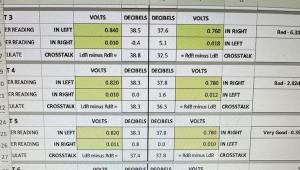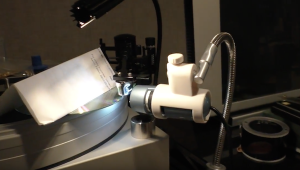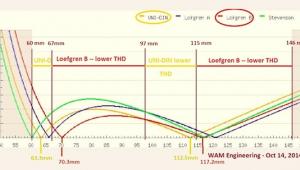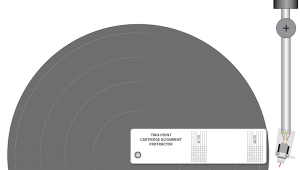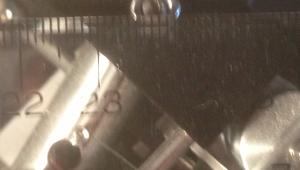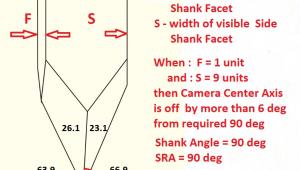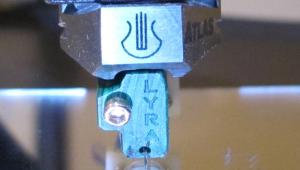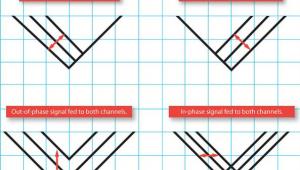Stylus Wear And What to Do About It
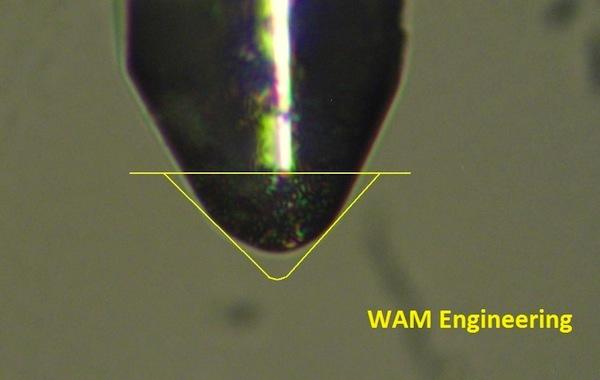
But after a few months, especially after a few months of heavy listening, we all start to wonder if the stylus has started to wear and if so, by how much and when does the wear become dangerous to the records? But more usually we obsess over whether the sound has slowly, almost imperceptibly began to degrade. True, right?
Well, there are things you can do to preserve the life of your cartridge's stylus. First, clean it carefully after every record side played. A pain? Maybe, but well worth the effort. And don't be afraid to clean it vigorously but carefully, always brushing from back to front and never front to back.
If you don't clean religiously, here's what happens: any residual finger oil usually left on the lead in groove area immediately coats the stylus. Dust left in the groove, which there inevitably is, adheres to the stylus. As the stylus travels through the grooves, heat builds up. The heat causes the dust/oil mix to harden and adhere to the stylus.
The result? The stylus shape changes—and not in ways your records like to see. That causes more record wear than playing with a clean stylus. And the added friction creates more heat and uneven stylus wear. It is an ugly, but easily avoidable problem.
Alternate between a dry, stiff bristle brush and a liquid cleaner every side played, subject to the approval of a liquid by your cartridge manufacturer. Some styli are glued in place and some liquids contain a solvent that might dissolve the adhesive so be sure of the liquid's ingredients (I wish more companies would put that on the bottle) and how your stylus/cantilever is assembled.
The Onzow Zerodust is also recommended but only if you can prevent your platter from moving when you lower the stylus into the mound of gel, and only occasionally, unless you exercise extreme caution each and every time. It does a really great job, but if you're in a rush to get to side two, or are otherwise easily distracted, less often is fine, as long as you use something each side. Some turntable manufacturers recommend sandpaper. I think that's crazy, but if you are part of the Kult, don't let me stop you.
While you should proceed with caution, don't "baby" your stylus. I recently visited someone (name redacted to protect the guilty) who was so careful and cautious, when I put used the digital microscope to set SRA I found this: an encrusted stylus and a cantilever that looked like a caterpillar. No wonder the sound was hard and edgy!
Here's what it looked like before it was carefully cleaned.
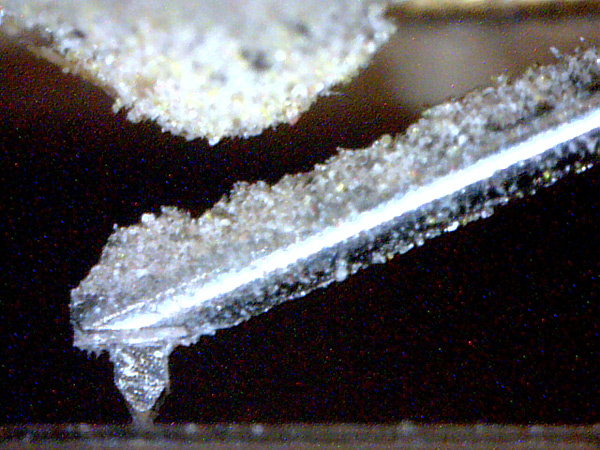
And here is after
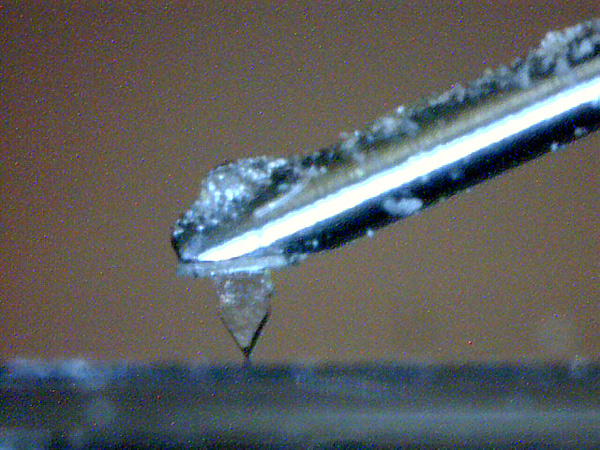
Once it was cleaned, the sound improved dramatically. So yes, every so often it's a good idea to very carefully clean off the cantilever too with an artist's brush and if necessary one that's slightly damp with stylus fluid (but do so very carefully!). The cleaner your records, the less likely it will be that you'll have this problem.
Even if you scrupulously follow this regimen and keep your records clean, the stylus will eventually wear and after around 1000 hours of play (yes, some obsessives do run a meter to mark the time during play) it's time to at least examine carefully the condition of the stylus, though if you start to hear distortion or records that the cartridge once tracking cleanly show signs of mis-tracking those are signs that it's time for a re-tip or a new cartridge. I recently reached that point on my Ortofon A90.
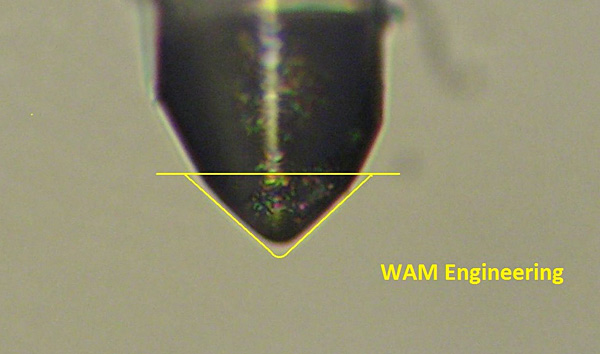
Can you use a digital microscope to assess the stylus's condition? My friend Wally Malewicz says it's not really possible, though I've yet to try it. I will soon. Of course you have to know what to look for. If you've taken good care of your records and kept your stylus clean, the wear should be smooth and benign so that no damage will come to records with continued plays. The stylus's tracing abilities will be diminished ("tracking" is the ability of the stylus to maintain good contact with the grooves, while "tracing" is the ability of the stylus to get into the "nooks and crannies" and reproduce all of the inner detail information contained within the grooves).
Which reminds me: do not fetish on light tracking. More damage is done by attempting to track too light than tracking at the upper limits of the manufacturer's recommended tracking force range. Years ago I foolishly ran a V-15 Type III at 3/4s of a gram (the lowest recommended tracking force) and damaged many records, leaving them with a crackling sound caused by the stylus bouncing from groove wall to groove wall. Yes, perhaps a top quality arm precisely set to 3/4s of a gram could have tracked fine, but I was using a Dual 1209SK and while it was a good changer, it was hardly "state of the art".
I recently reviewed the $15,000 Goldfinger Statement and its recommended tracking force is upward of 3 grams. I tracked it near there with no hesitation so don't be afraid of tracking near or at the top end of the recommended VTF (vertical tracking force), especially if you hear "issues" at a lower tracking force.
So what does stylus wear look like? The story's lead photo is of a new stylus (radius 7x30µm) with the yellow lines representing the groove. What's below is a stylus with some wear. You can see the beginnings of a sharpened edge on the right side. You'd want to replace the stylus before that edge becomes well-defined.
My Lyra Titan i has seen a lot of mileage. How worn is it? I'm going to attempt some close ups using the USB microscope and see if Wally is correct when he says the USB microscope can't get the job done. Wally is usually correct. He uses a special optical microscope/digital camera rig. I'll let you know what happens. Meanwhile, keep your stylus clean. 1000 hours of play is a fairly long time and that's just a rough estimate.


